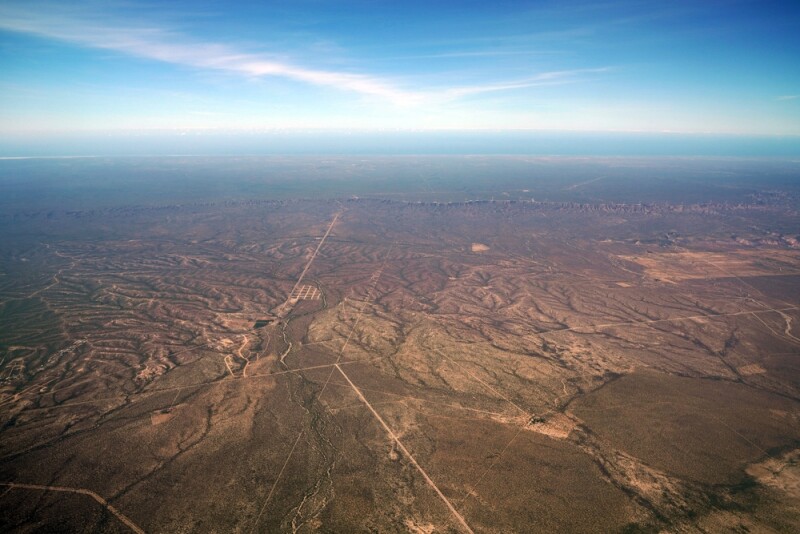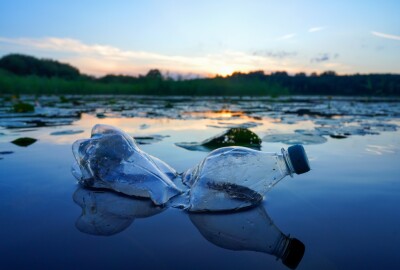The geospatial industry touches so many different parts of our lives and is so wide-ranging that it can be a challenge to keep up with all of the various subsections. That is why, every other week, we sweep the internet to find some stories that can highlight where things are in the industry today, ideally in a way that touches all different aspects of the sector. Today, we are highlighting the industry by looking at stories about the ways geospatial tools are being used for investigations in Mexico, the effect technology is having on professional surveyors, and a new method for predicting landslide risk.
Find links to the full articles below.
How Researchers Are Using Geospatial Technology to Uncover Mexico's Clandestine Graves
Geraldine Castro | Wired
Right now in Mexico, according to this article from Castro, there are more than 114,000 missing persons, and many of them are buried in “clandestine graves” around the nation. The article continues by diving into the ways that geospatial technology from the Center for Research in Geospatial Information Sciences is helping to find these graves. Using technology like drones and hyperspectral imaging, teams of scientists and others are helping to uncover these sites.
Has Technology Made the Professional Surveyor Obsolete?
Blake Collins, PS | The American Surveyor
The geospatial industry, as we all know, has seen an influx of new technology over the last couple of decades that has completely changed all of the adjacent industries. Surveying, which is one of the oldest professions on Earth, has not been immune and in many ways has benefited from these tools. However, those technologies are now being used by those outside of the industry, including GPS, drones, lidar, and more. This article dives into whether or not that is making the professional surveyor an obsolete profession.
Researchers use high-resolution images to create model that predicts landslide risk in coastal areas
Luciana Constantino, FAPESP | Phys.org
Coastal areas have a lot of natural concerns they need to be aware of, with rising sea levels and strong storm surges often being the most high-profile. However, a lot of these areas are also at risk of landslides, which can be hard to predict. This article looks at a new model published in the Brazilian Journal of Geology which is using aerial lidar imagery to better map the risk of landslides in coastal regions.






